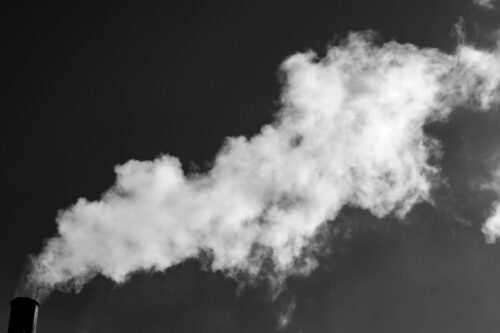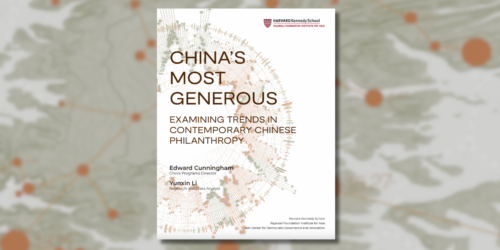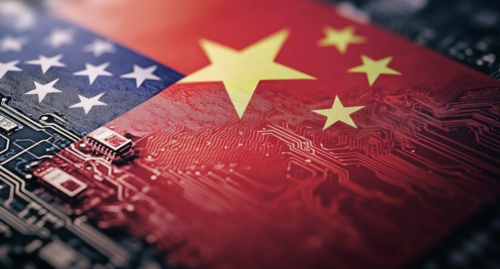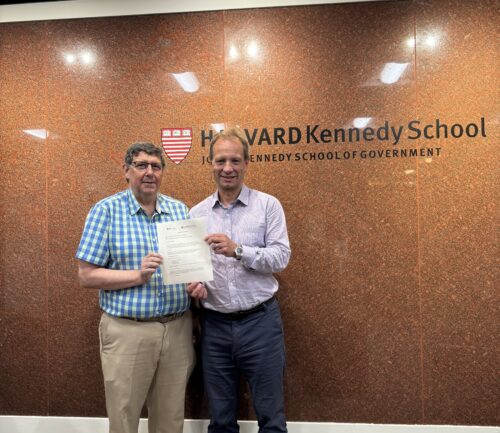When such interests align, progress can be made. As a result, the relative role of coal in China’s national energy system has declined meaningfully – from 70 percent of primary energy consumption to under 60 percent in 20 years. Even when some vested interests push back, strengthened industrial policy can be deployed, as the world’s largest coal company (Shenhua) learned when it was merged with the world’s largest renewable energy company (Guodian) to support a corporate focus on renewables. The resulting health, environmental, and sustainability policy advances highlight how the CCP’s policymaking can, at times and in some areas, “deliver the goods” to its own people and garner support.
But it is becoming increasingly clear that the additional progress needed in climate policy runs against structural challenges the CCP has found difficult to resolve – and that involve serious trade-offs. These trade-offs reveal the underlying competing priorities of ensuring energy and heat supply and maintaining economic growth. Coal output remains stubbornly high because heavy industry continues to play a crucial role in China’s economy. As illustrated in the chart below, CO2 emissions growth rates have therefore also remained high. Progress towards a consumption-driven growth model has been slow, as Chinese growth remains largely an investment-driven business rewarding capital-intensive outlays. Such biases become more pronounced in times of crisis when trade-offs become even more striking. Faced with financial crises in 2008-2009, deleveraging in 2018, or a pandemic in 2020, the government eases policies designed to increase coal plant retirements and slow the buildout of new coal-fired plants. Similar reversals occur during winter heating shortages, most recently in 2017 and 2021. More challenging decisions also require structural trade-offs, such as electricity pricing reforms, which would enable more responsive demand reductions but cause prices to become more volatile.

Privileging security of supply and baseline economic growth in such periods results in a critical gap between lofty goals and reality that is going to be hard to close as quickly as is necessary. A 2021 study published in Science concludes that China will need to reduce emissions by over 90 percent and energy consumption by about 40 percent for the world to keep global temperature rise to 1.5°C, together with the commitments made by other nations. But China’s coal use in 2020 was higher than at any point in history, breaking past the false “coal peak” of 2014 and equaling nearly 3 billion tons of coal equivalent (tce).Furthermore, Chinese CO2 emissions are climbing, having increased by an average of 1.7 percent per year between 2015 and 2020. This is in part because the 11 percent drop in coal as a proportion of China’s primary energy consumption, cited earlier, is real and meaningful – but not driven solely by gains in renewables. In fact, the national share of other fossil fuels (oil and natural gas) grew by 5 percent between 2000 and 2020, just below the share of renewables and nuclear, which grew by 6 percent.
China is not alone when it comes to such gaps. The U.S., which emits over 6 billion tons of CO2 annually, shares much of the blame when it comes to global warming. The U.S. is also behind schedule in its reduction targets and remains the biggest contributor in the world when it comes to cumulative historical emissions. Yet China’s gap is incredibly large and requires an unprecedented reduction in emissions to resolve. In addition to the trade-offs outlined above, such reductions would require a significant shift in China’s economic structure. While this shift has been planned for quite some time, it has been continuously delayed due to the impact on many well-document features of the CCP’s governance model. For example, it would require major investments in social welfare to increase spending and reduce savings as well as moving away from privileging state-owned enterprises in loans. Therefore, in its second century, the CCP is facing a series of critical crossroads when it comes to the climate challenge – and its decisions will powerfully illuminate the party’s true priorities.




